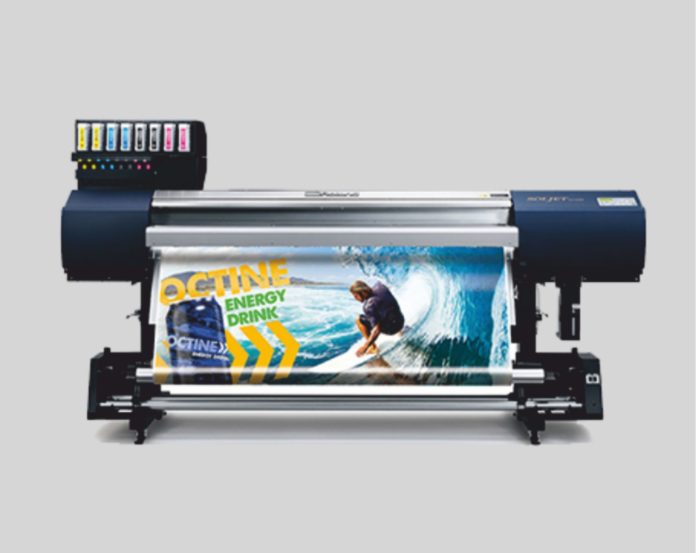Living in India, you would have come across huge billboards or flexes everyday. From highways to markets, the flashy material is used by advertising companies to draw people’s attention. And it is being used excessively in the events and exhibitions sector! Psychological impact aside, these flex boards also have hazardous effects on the environment. Also known as ‘Poison Plastic’, the flexes are made from a material called Poly Vinyl Chloride (PVC), a synthetic plastic polymer. Since PVCs are non-biodegradable, they do not degrade on their own, so, one of the options is to burn them. When burnt, they release toxic fumes that have serious implications on public health. Another option is to send them to the landfills as waste pickers do not earn anything from the discarded flexes. This further burdens the trenching grounds with waste that does not dissolve for years together, “No one picks it up as it has no, so it is a major issue for the municipal corporations to clear it,” says Dipen. “This commonplace plastic is one of the most toxic substances saturating our planet and its inhabitants. PVC contaminates humans and the environment throughout its lifecycle: during its production, use, and disposal. Few consumers realize that PVC is the single most environmentally damaging of all plastics,” says Greenpeace International. In the 1960s, when governments across the world started prohibiting industrial chlorine, companies turned to alternatives and thus, there was in a rise in PVC production. As per The Times of India, 90 per cent of all advertising in India in 2017 was done on PVC. On an average, around 18 tonnes of PVC flex is consumed per month. However, the good news is that a transition to eco-friendly alternatives to PVC is possible, and many states in India have already initiated the switch. As for the cost, the PVC flex material at Rs 3-7 is cheaper than Ecoflex which is priced at Rs 8-10 per sq ft. But one has to realise that opting for cheap PVC will harm the environment in the long run. Investing a little more in greener alternatives now will save our valuable resources in future. It is time to take a decision. Maybe, its time for the ecoflex! Time to think for the event organisers.



















